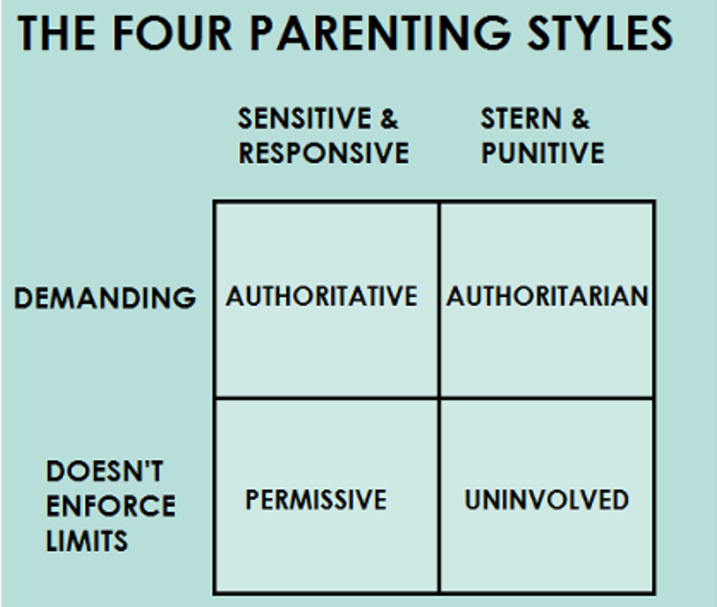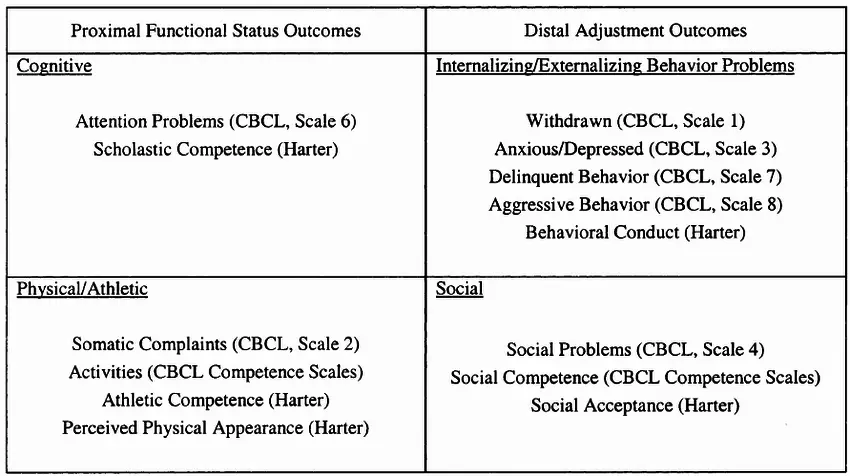Parents mold their child behavior. Adopting a healthy and positive parenting style that assures development and emotional growth is essential.
For the betterment and growth of children, sometimes parents need different strategies, either positive parenting, Proximal parenting, or the help of a parent coordinator.
The word “Proximal” is driven by proximity, which means nearness or close to the origin. Proximal parenting mainly focuses on the body to body contact and stimulation.
This way of parenting style is frequently observed in more traditional societies. It favors the closeness between the parent and child and the establishment of warm relations.
Proximal parenting helps to create a sense of calmness among infants and newborns. For the betterment and growth of children, sometimes parents need different strategies, either positive parenting or the help of a parent coordinator.
Here is your complete guide on all the ins and outs of proximal parenting.
What is a Proximal parenting style?
Proximal parenting is a caregiver style that involves being physically close to the baby with frequent holding and touching.
This parenting style is suitable for newborn babies and infants. More body touch will create a sense of calm and emotional warmth between parents and baby.

What are the Characteristics of Proximal Parenting?
Here are some of the characteristics of the proximal parenting style.
- Physical Contact.
This style of parenting is all about more physical involvement. It is seen as a way to calm the baby and arouse the bodily response.
- Involvement of Mothers.
Mothers perform proximal parenting since they are considered the primary caretaker of babies—this way of nurturing demands more involvement by mothers.
- Cultural and ethical style.
It is considered a cultural way. More than cultural, it is a more ethical way because your child deserves your attention and care.
- Emotional warmth.
Being physically present is not enough. Emotion plays a huge role. The proximal practice also emphasizes being more emotionally available.
What are the outcomes of Proximal parenting?.
Apart from a strong bond with parents, Here are some of the other positive outcomes of the proximal parenting style.

- Physical warmth.
Being close to parents has a substantial impact on children. Physical warmth with children allows them to express and move openly and quickly.
Several studies have shown that kids raised with strong physical connections with their parents are more likely to be stable and prosperous.
- Emotional intelligence.
A constant connection between children and mothers promotes emotional development. The infant feels a sense of care or a way of belonging to mothers.
Sound mind and mental health is the best outcome of proximal style parenting.
- Confidence and Growth.
A kid is more confident when raised with parents’ body contact and physical involvement. The proximal technique produces a sense of confidence.
Due to this parenting style, children are confident that their parents will understand the situation no matter what happens.
- Better Communications.
Nurturing children in a Proximal style allows mothers to perceive the issues and needs faster. It enhances communication significantly when a child shifts position or experiences discomfort.
- Self-recognition.
The love of the mother matters the most. Children know their worth when mothers spend time with them.
Knowing your worth is the first step to confident life, and such results can be obtained faster with Proximal parenting.
Proximal parenting produces kids who are emotionally calm, positive, and self-aware. Furthermore, such children are also mentally sharp and have excellent communication skills.
What is Proximal Abondment?.
Any situation in which a mother or a caregiver is physically present but emotionally absent is considered proximal abandonment.
The lack of presence of the emotionally available parent or primary carer — just not being available due to society’s stresses, short-term priorities, and so on – affects the parenting environment.
Psychologist Allan N Schore called this “Proximal Abandonment.“
How Proximal parenting and distal parenting are different?.
Proximal parenting techniques focus on more physical involvement to form a bond between mother and infant. It includes doing daily chores while holding newborns or being always available.
Distal parenting mainly focuses on less physical involvement or raising kids at a certain distance. It includes providing them with toys and facilities for them to find their way.
Conclusion.
Proximal nurturing produces kids who are autonomous and mindful. Moreover, it creates youngsters who are intellectually sharp and have incredible relational abilities. Hence, they perform well in numerous parts of life.










